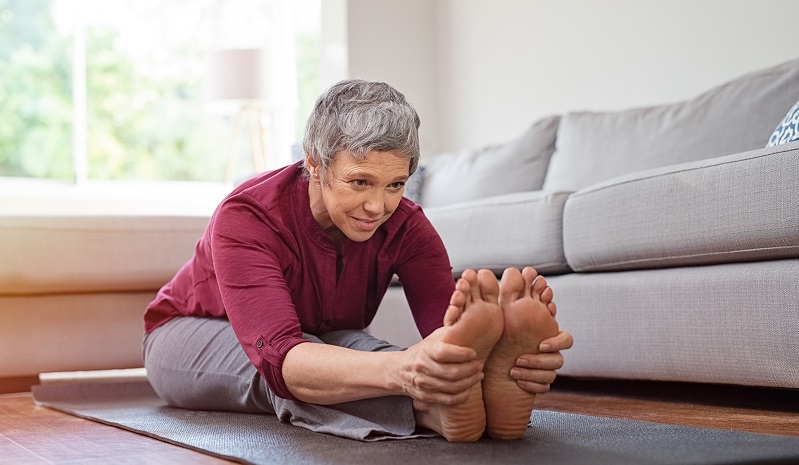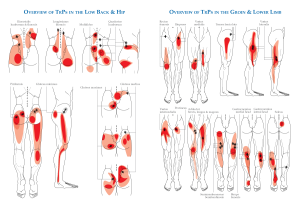How To Preserve Spinal Flexibility As You Age

Category: | Author:
If you’re like most people, you want to stay active long into your golden years, but that won’t happen by accident. As you get older, it gets harder and harder to maintain strength and flexibility in our spine. Natural degeneration takes its toll on everyone, but that doesn’t mean it’s impossible to maintain a high degree of spinal flexibility as an older adult. In today’s blog, we discuss some of the ways you can work to preserve or expand your spinal flexibility as you age.
Preserving Spinal Joint Motion
Even if you don’t plan on being a contortionist in retirement, life will be easier if you maintain a higher degree of flexibility in your spine. You’ll be able to be more mobile on the Pickleball court, hit the ball further off the golf tee and simply perform more actions around the house with ease. Here are some ways that you can work to preserve or expand your spinal flexibility as you get older:
- Regular Exercise – Getting regular exercise is arguably the best thing you can do for your spine to help preserve natural joint motion as you age. Exercise will keep ligaments loose, develop supportive muscles and help joints get used to stress and motion. Physical activity helps to strengthen your spine, whereas inactivity serves to weaken your spine and contribute to joint stiffness.
- Stretching/Stretching Based Activities – You can also help to preserve more natural joint motion by regularly stretching your spine and nearby areas like your neck, shoulders and hips. You can do some specific stretching exercises, or you can pursue some stretching-related activities like yoga or Pilates. These movements will work to keep the soft tissues in your spine flexible and comfortable with different motions.
- Weight Management – You’ll also find that it’s easier to have extended spinal flexibility if you maintain an ideal weight as you age older. Similar to preserving spinal flexibility, maintaining an ideal weight as you get older won’t just happen by chance. As your metabolism slows, you have to be more aware of your dietary and exercise choices. Weight gain will put more stress on your spine, which can expedite the natural degeneration process and serve to reduce your comfortable range of motion. Keep the excess weight off, and preserving spinal flexibility will be easier.
- Posture Care – It will also be helpful to take stock of your posture when you’re seated or standing if you’re hoping to maintain a high degree of spinal flexibility. Poor posture can put additional stress on certain areas of your spine, particularly your lumbar and cervical portions. Over time, this extra strain adds up, wearing down your spinal discs and increasing your risk of a host of spinal issues. Limit your time sitting in one position, and strive to have healthy posture with your head positioned directly above your shoulders when you’re seated or standing.
- Treat New Or Existing Issues – Finally, if you’re hoping to maintain healthy spinal flexibility for years to come, you need to fully take care of new pain or chronic issues as they arise. Lingering discomfort or soft tissue injuries can persist if you ignore the problem or you assume it will eventually just go away on its own. Many minor or mild back injuries respond very well to treatment, so put in a little effort to alleviate your issue and ensure you can continue to move your spine freely without discomfort.
For help treating an issue that is affecting your spinal mobility, or to talk with a spine specialist about a different back condition that’s bothering you, reach out to Dr. Sinicropi and the team at The Midwest Spine & Brain Institute today at (651) 430-3800.
Related




